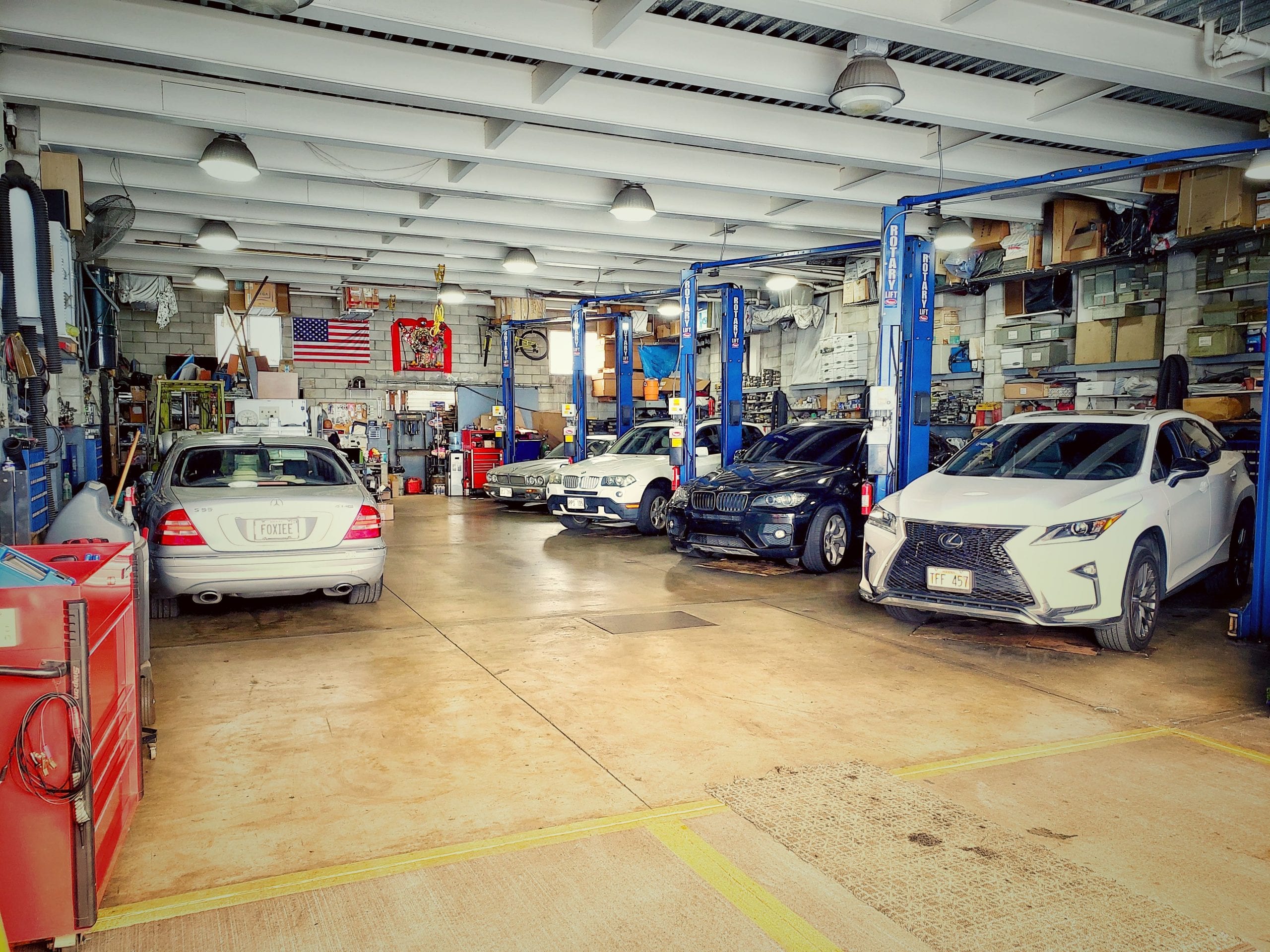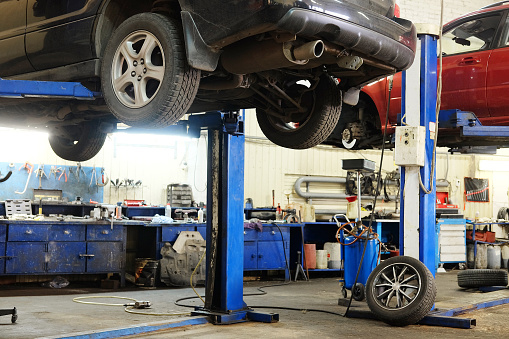All Categories
Featured

[/image]

Two essential services that are usually overlooked yet have a significant effect on tire long life and performance are tire turning and positioning. Allow's dive into what tire rotation and positioning are and why they're crucial for your auto.
What Is Tire Turning? Tire rotation is the process of relocating your tires from one placement to an additional to guarantee they wear equally. Because your auto's tires work at different rates depending upon their placement (front tires versus back tires), turning them frequently helps to distribute the wear uniformly, resulting in a longer life-span for your tires.
Tires on the front axle tend to put on faster than those on the rear axle, specifically in front-wheel-drive cars and trucks, where the front tires take care of both guiding and power. On the other hand, back tires may wear erratically relying on the car's weight distribution and driving problems. By rotating your tires every 6,000 to 8,000 miles (or as suggested by the manufacturer), you'll make certain an extra balanced wear pattern.
What Is Tire Placement? Tire placement, additionally referred to as wheel placement, refers to changing the angles of your automobile's wheels to the producer's specs. Appropriate placement guarantees that your tires are pointing in the appropriate instructions, and it helps maximize tire life and boost car handling. There are 3 main facets of positioning: camber, wheel, and toe.
Camber describes the tilt of the tires from the front of the lorry. If your tires are slanted excessive internal or exterior, it can trigger irregular wear. Caster describes the angle of the steering axis when watched from the side of the automobile. This impacts the security of the steering, especially when driving directly. Toe describes the angle at which the tires aim inward or exterior when seen from above. This affects just how your car tracks when driving. A proper alignment makes certain that all 4 tires are pointing straight in advance and are angled properly. Misalignment can arise from striking potholes, aesthetics, or just from the wear of suspension parts gradually.
Why Tire Rotation and Placement Matter. Extended Tire Life. Both tire rotation and alignment aid avoid irregular tire wear. When your tires put on equally, they last longer, which can conserve you money over time by lowering the demand for early replacements.
Improved Safety And Security. Appropriate tire turning and alignment enhance car security and handling. Misaligned tires or unevenly worn tires can negatively impact your ability to guide and stop your automobile, particularly in emergency circumstances. Routine upkeep ensures your tires execute ideally, offering a much safer driving experience.
Much Better Gas Effectiveness. If your tires are not aligned properly, they might drag against the road surface area, triggering resistance. This added rubbing can minimize gas efficiency, triggering your vehicle to take in more gas. Routine tire positioning makes sure that your vehicle moves effectively, enhancing gas mileage.
Boosted Comfort. Misalignment or unevenly used tires can cause a rougher adventure, as your auto might draw away or create resonances. By keeping your tires turned and lined up, you'll appreciate a smoother and extra comfortable driving experience.
Indicators That Your Tires Required Rotation or Placement. It's necessary to stay sharp for any type of indications that your tires require rotation or positioning. Keep an eye out for these common indications:
Uneven Tire Put On: If you notice that one tire is significantly extra used than the others, it might be time for a rotation or alignment. Guiding Pull: If your auto draws to one side while driving directly, this might indicate misalignment. Vibrations: If you really feel resonances in the steering wheel or the vehicle itself, it might be an indication of imbalance or irregular tire wear. Squealing Tires: Uncommon tire sound could additionally indicate incorrect placement or the demand for a tire rotation. How Typically Should You Rotate and Align Your Tires? Tire turning must normally be done every 6,000 to 8,000 miles or as defined in your automobile's owner's handbook. It's a great idea to rotate your tires during every oil change, as this will assist you remain on top of routine maintenance.
When it comes to positioning, it doesn't require as regular service. Typically, placement ought to be inspected at the very least annually or whenever you notice concerns like pulling away or resonance. You might also need positioning if you've struck a huge pit or curb, which can throw your wheels out of alignment.
Final Thought: Maintain Your Tires in Top Forming. Tire rotation and alignment are important solutions that keep your lorry running smoothly, securely, and effectively. By taking the time to have your tires revolved and straightened frequently, you're investing in your cars and truck's efficiency and durability, while also enhancing your security when driving. Keep positive with tire upkeep, and your automobile will thank you with far better gas economy, enhanced handling, and expanded tire life.
Latest Posts
Uncover Outstanding Car Repair Care from Montclare Auto Repair – Expert Care for Your Vehicle
Discover Special Auto Repair Specials in Chicago at Montclare Auto Repair
Unlock Your Financial Partner at WyHy – Financial Freedom for Your Success
More
Latest Posts
Uncover Outstanding Car Repair Care from Montclare Auto Repair – Expert Care for Your Vehicle
Discover Special Auto Repair Specials in Chicago at Montclare Auto Repair
Unlock Your Financial Partner at WyHy – Financial Freedom for Your Success